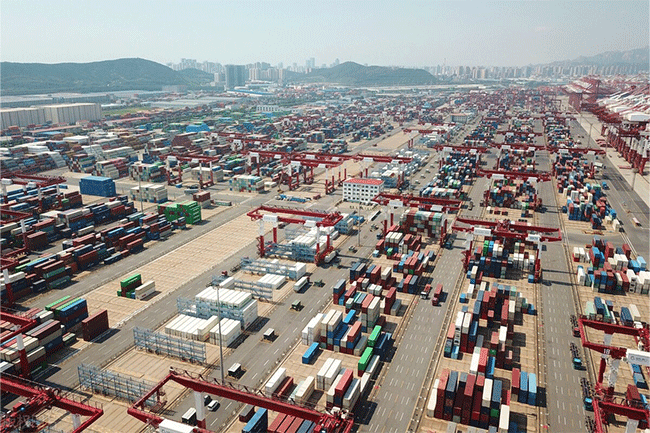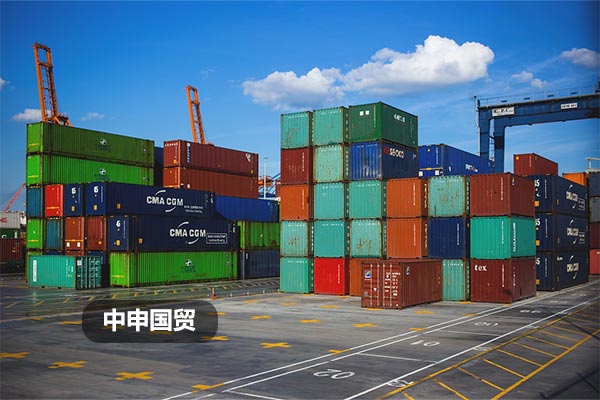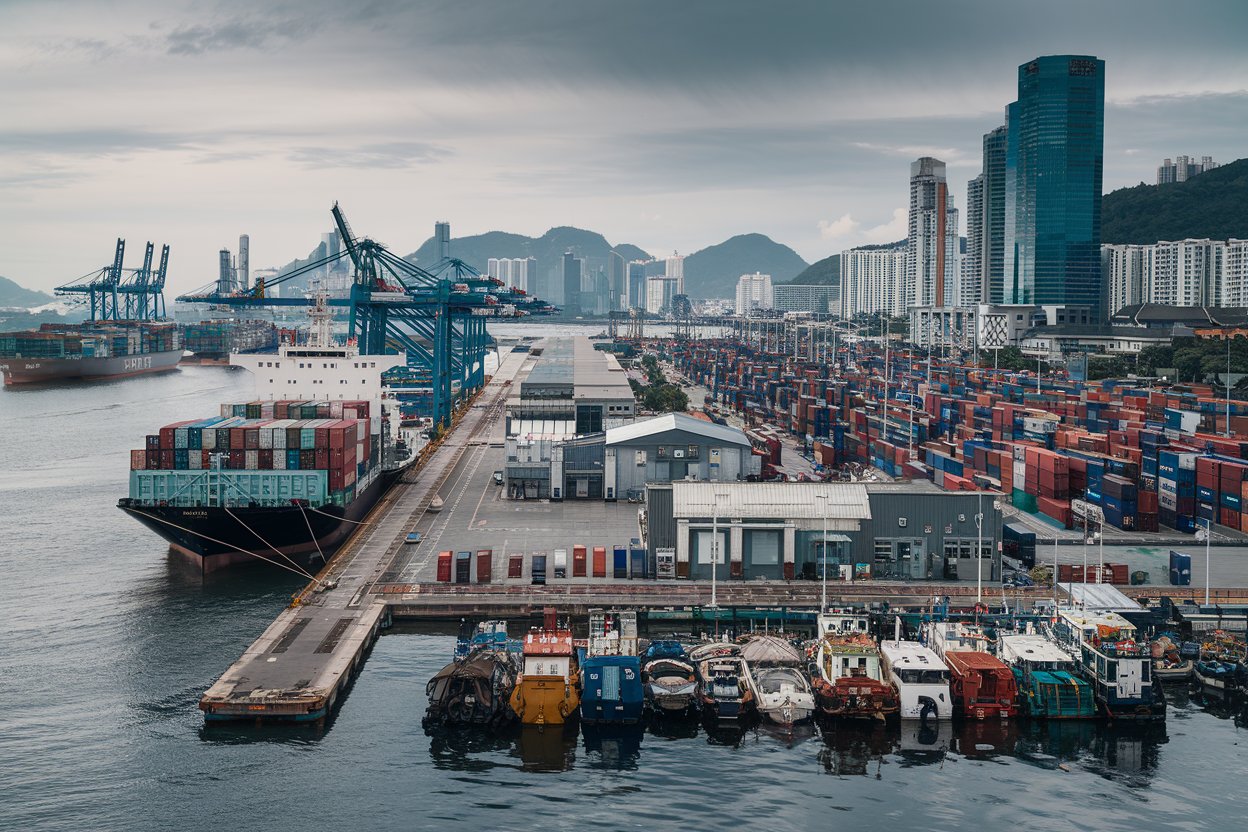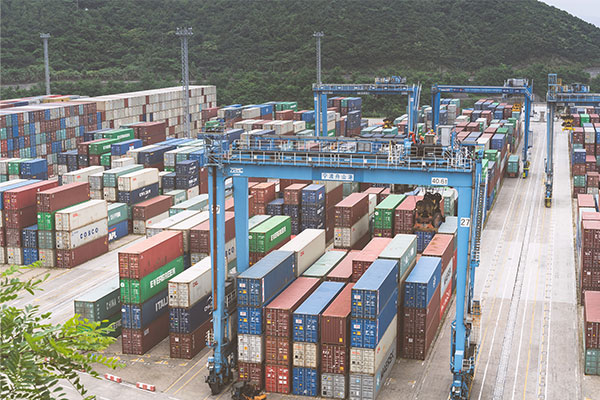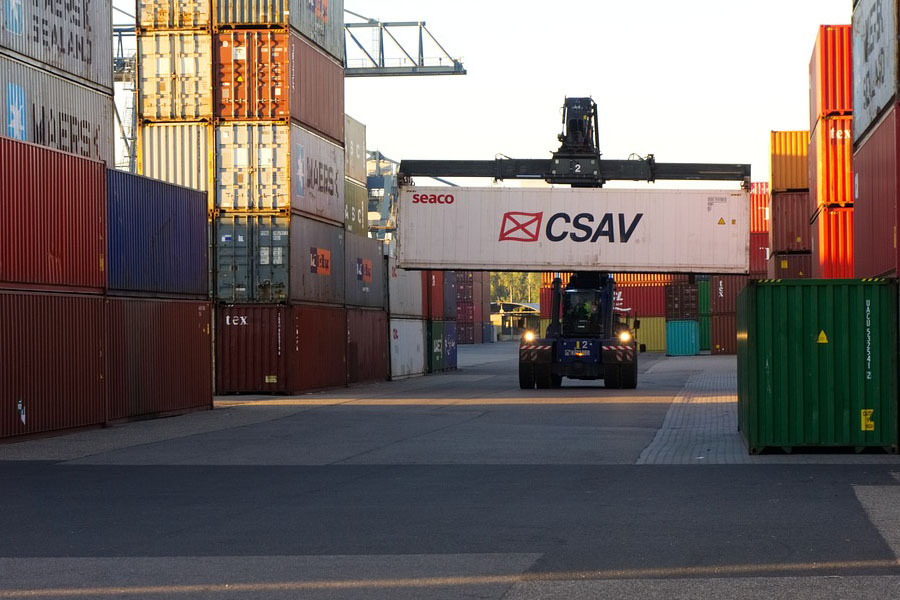- Shanghai Zhongshen International Trade Co., Ltd. - Two decades of trade agency expertise.
- Service Hotline: 139 1787 2118
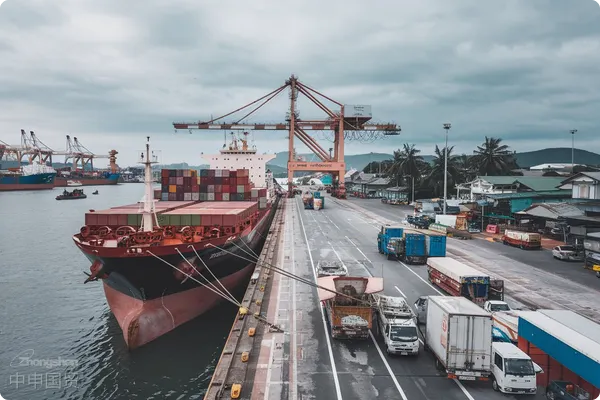
Industry Demand and Import Characteristics Analysis
Against the backdrop of global manufacturing cleanliness standard upgrades in 2025, industrial-grade cleanliness testingEquipment Importsshowed a year-on-year growth of 23%. This category of equipment includesparticle counters,surface roughness testersand other precision instruments, with three distinctive characteristics in their import process:
- HS code classification complexity: 88% of disputes focus on distinguishing between 9031 and 9027 tariff codes
- Technical standard adaptation requirements: systematic differences exist in testing parameters between China, the US, and Europe
- Logistics protection level: transportation damage rate for precision optical components is 3 times higher than conventional equipment
Practical Points for Customs Classification
Taking a companys import of laser particle size analyzers as an example, incorrect declaration under 90318090 resulted in20% deposit retention. Correct operations should focus on:
- Function determination priority principle
- Equipment with measurement accuracy ≥0.1μm must be classified under 90314900
- Equipment with data storage modules requires separate declaration of software systems
- New Regulatory Requirements for 2025
- Nanoscale testing equipment requires end-user declarations
- Industrial CT equipment must undergo mandatory pre-shipment inspection
Technical Standard Adaptation Solutions
Our handled cases show that 32% of return incidents stem from standard differences:
- EU CE certification: EN 1822-5:2024 implements new particle classification standards
- US FDA certification: 21 CFR 1020.40 updates radiation safety requirements
- China GB standards: mandatory connection to industrial IoT monitoring systems
Professional agency services should completethree-stage adaptation testingin advance: laboratory pre-test → parameter adjustment → compliance verification.
Special Logistics Solutions
Based on logistics data from 2023-2025, the following shipping configurations are recommended:
- Air TransportationSolution
- Temperature-controlled container maintains 22±2°C
- Professional shock-absorbing bracket with cushioning level ≥G value 0.5
- Maritime TransportationSolution
- Vacuum moisture-proof packaging with humidity ≤30%RH
- Dual-person unpacking supervision service
Golden rules for risk avoidance
Summarized from 137 practical casesRisk control matrix:
- Declaration risk points
- It is recommended to verify through the following methods:Book and brand authorization chain matching degree
- Software version number and technical parameter correspondence
- Breakthrough of technical barriers.
- Pre-installed China standard conversion module
- Establish localized calibration laboratory
Professional agency services can reduce average customs clearance time to8 working days, improving efficiency by 62% compared to independent enterprise operations. It is recommended to choose agencies withspecial qualifications for electromechanical equipment, focusing on their technical document processing capabilities and emergency response mechanisms.
Related Recommendations
Category case
Get in Touch
Email: service@sh-zhongshen.com
Related Recommendations
Contact via WeChat

? 2025. All Rights Reserved. Shanghai ICP No. 2023007705-2  PSB Record: Shanghai No.31011502009912
PSB Record: Shanghai No.31011502009912
